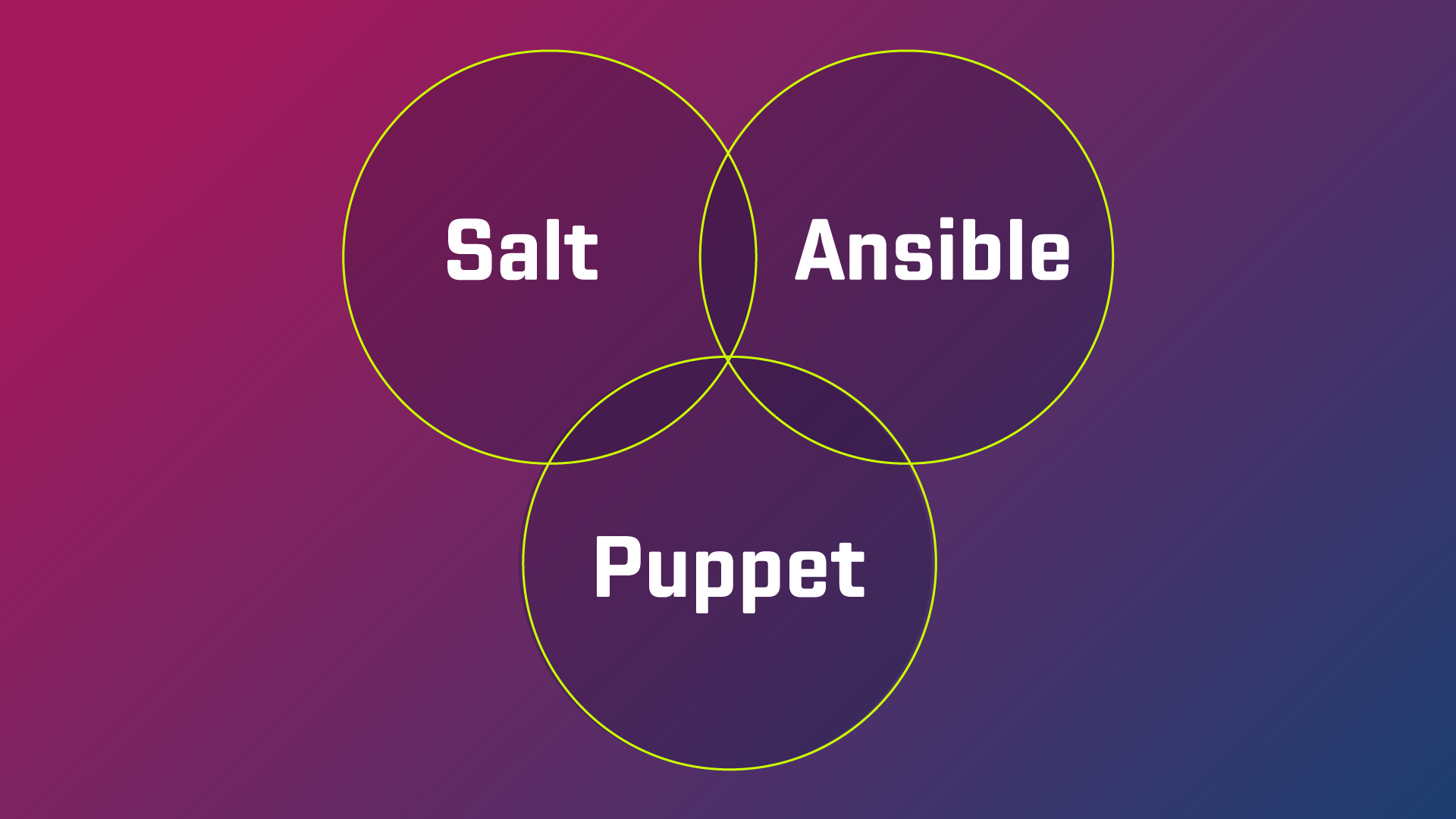Introduction
Configuration management tools are essential for automating IT infrastructure. This article compares Salt Open, Ansible, and Puppet, focusing on their features, strengths, and stateful, idempotent capabilities. Whether you’re managing a small setup or scaling to enterprise-level infrastructure, this guide can help you choose the right tool.
Key Feature Comparison

Stateful and Idempotent Capabilities
All three tools incorporate stateful and idempotent capabilities to ensure systems reach and maintain the desired state.
- Salt Open: Uses state modules in YAML for declaring system states and ensures idempotency through state checks.
- Ansible: Playbooks written in YAML allow declarative system states, with idempotency built into its modules.
- Puppet: Focuses on desired state enforcement with continual checks to maintain idempotency.

Choosing the Right Tool
Salt Open: Ideal for secure large-scale automation with real-time, event-driven needs.
Ansible: Best for simplicity, ad-hoc automation, and CI/CD pipelines.
Puppet: Strong for compliance and long-term configuration management in large environments.
Conclusion
The right tool depends on your infrastructure, team expertise, and specific use cases. While Salt Open is highly scalable and fast, Ansible excels in simplicity, and Puppet ensures robust state enforcement.

